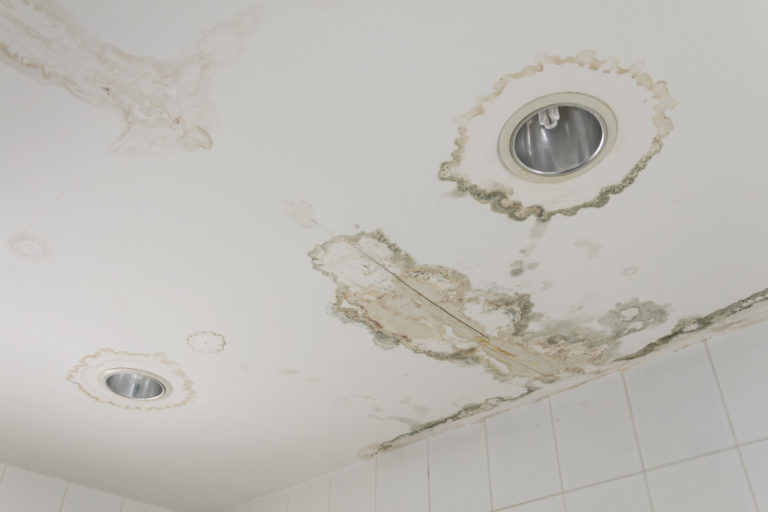The seasons are changing, and for homeowners, this means changes in weather and temperature. While it shouldn’t be much of a problem for many, the sudden temperature change often affects their house negatively. Molds and mildew suddenly develop, and humidity becomes uncontrollable, among many other issues. The seasonal change should always be met by adequate preparation, although sometimes it’s difficult to accomplish those preparations.
How Do Mold and Mildew Form?
Mold and mildew are caused by excessive humidity and warm temperatures. They grow in environments with high temperatures (from 75 ℉ to 90 ℉), high humidity (from 62–93 percent), and a food supply like organic ingredients such as fruits and vegetables. As a result, mold development is more prevalent between June and August than in any other month. And as the months pass by quickly, many people barely notice the changes, and suddenly it’s there. It’s way too humid, and there’s mold all around. It’s rather frustrating always to have to deal with them so here are some tips and reminders to better prepare your home for the changing seasons:
Keep an Eye on Humidity
Having your own interior humidity monitor can help you keep track of the humidity level, which should be between 35 and 50 percent relative humidity in the summer; in particularly humid locations, values as high as 55 percent might be necessary.
When the relative humidity hits 60 percent, though, it’s time to start seeking the cause of the excess humidity. Mold can grow in conditions when the relative humidity is more than 70 percent. Make sure you check sources of humidity; perhaps hanging clothes cause that extra humidity or even a broken heating, ventilation, and air conditioning (HVAC) system. Get them fixed as soon as possible, and you’ll be solving the problem quickly.
Keep an Eye out for Standing Water Too
Another issue that causes humidity is still or standing water that collects in areas around your house. Make sure to look for standing water, perhaps in pails or natural surfaces that can trap or capture water. These are commonly found in hot water tanks, refrigerators, or even underneath HVACs. Make sure to inspect areas that are low and have piping running through them for leaks that can form puddles.
Invest in a Dehumidifier
You can also use a dehumidifier to reduce humidity. There are whole-house dehumidifiers that can attach to your stove, condition the air throughout the home, and can be connected to a drain (thereby eliminating the need to empty the tank every so often). Having one of these can be a beneficial addition to your home. If you live in a humid area, this is perhaps the best option. For random spells of humidity and increase, a portable dehumidifier can help tremendously.

Get Rid of Clutter
Examine your things and get rid of the clutter in your home. Disorganized things and clutter tend to obstruct airflow and make it difficult for air to circulate in your HVAC system. Furniture and curtains that block utility vents can also cause condensation. All the moisture in your home produces a micro-climate that encourages mold growth.
Get rid of the stuff you don’t like or utilize. And to allow air to circulate, make sure any furniture or appliances are away from vents and louvers. You can also run some fans to keep the air flowing on extra humid days.
Close All Windows and Doors When You Turn On Your Air Conditioning
Don’t let your cool indoor air mix with the hot and humid air outside, as it will cause condensation in your home. This leads to an increase in humidity, and then mold and mildew follow after that. This tip of closing the doors and windows whenever the AC is on might sound simple, but it’s a very effective tip that can save you a lot of money and problems.
Let the Air Circulate
Circulating the air is a great way to get rid of dampness. Ventilation permits dry air to enter, absorb excess moisture, and then move it outside when the outside air is dryer than the inside air. You may put electric fans on a window, wall, or attic to get the air out of the home if the natural breeze isn’t adequate.
If the humidity persists, poorly ventilated cabinets can become moist and moldy, and the objects stored within are susceptible to mold. By opening closet doors or installing a fan, you can help to enhance air circulation.
Maintaining the temperature in your home to prevent mold and mildew from forming is critical to keeping your house comfortable. Through these tips, you can better manage the humidity and these unwanted organisms in your home.
